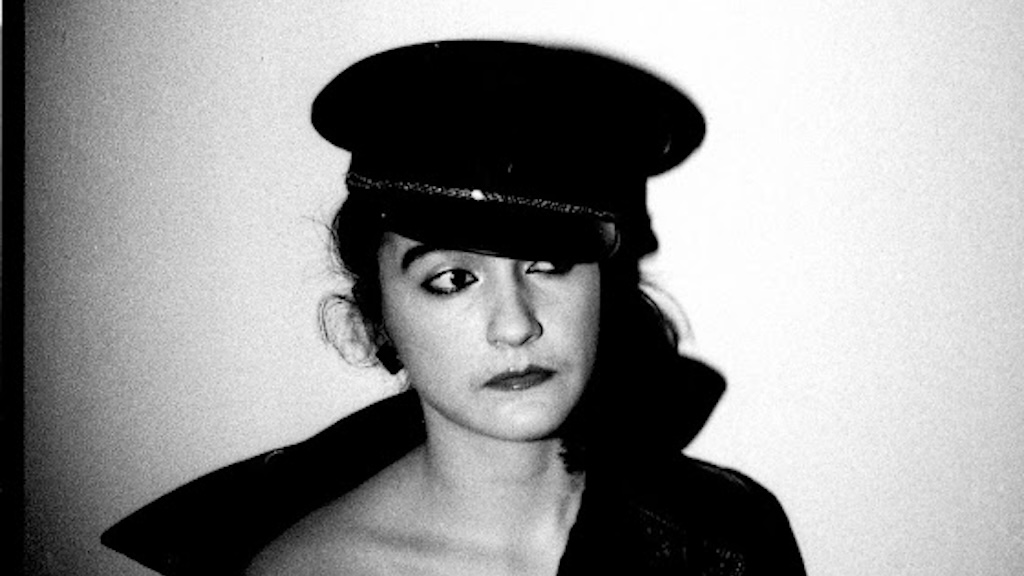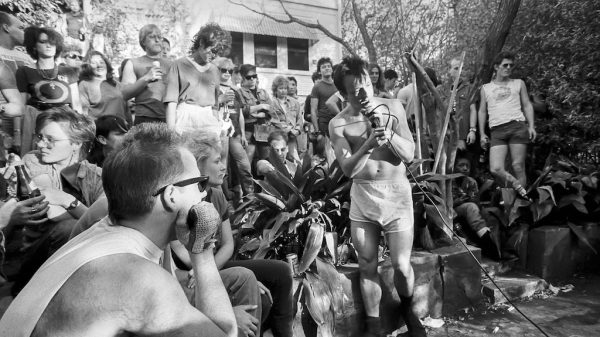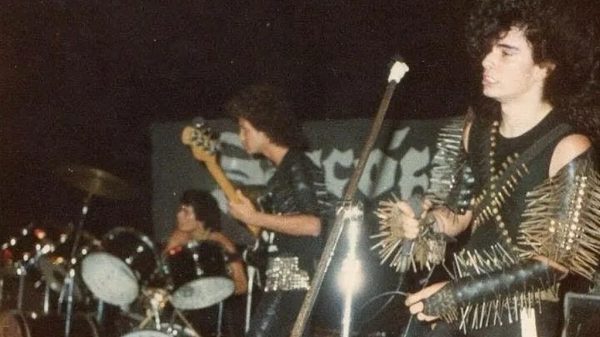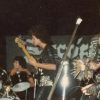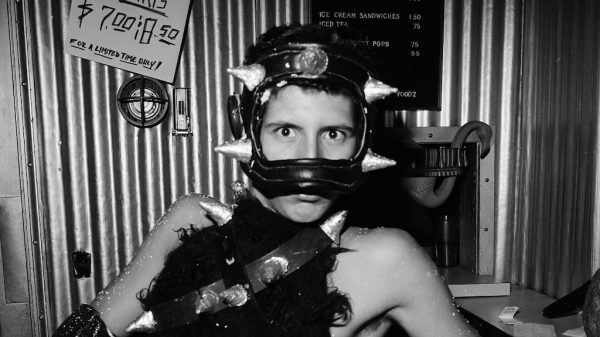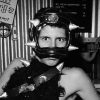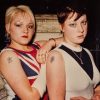When punk left London and New York, it spread like wildfire around the globe, with scenes popping up in Communist states like Yugoslavia. Jože Suhadolnik began photographing punk shows at age 15 in 1981, when he took photos at a Siouxsie and the Banshees show. From that point on, he captured Yugoslavia’s burgeoning scene, and he compiled all of these captivating portraits in his book Balkan Pank. Now that we’re in our fifth decade of punk, and whether some punks want to acknowledge this or not, in my opinion, it’s become just another aesthetic that doesn’t in and of itself flout any of society’s standards. Governments and parents realized a long time ago that it wasn’t going to ruin their kids’ lives. Corporations realized they could duplicate and market the look on a mass scale. The kids who were punks in the 1970s and 1980s were physically targeted by so-called authorities and ostracized by their communities. When I read Suhadolnik’s story about having an actual police file because he was a part of Yugoslavia’s punk scene, it makes me realize how much our punk ancestors persevered through just to listen to this music and be in community. That’s why I love publishing these punk portrait series so much, they’re a window into punk history and a reminder that punk was a political youth movement at its roots.
Politically, Yugoslavia was a Communist state with a strong police machine – even secret police. You could be arrested and beaten hard by police because you sprayed graffiti or were wearing a badge with a ‘Nazi Punks Fuck off’ sign just because ‘Nazi’ is on it. Few people were jailed and later secretly followed by the police. I got a pretty huge police file that I found later in 1992 when police files were opened after Slovenian independence. My file contains some 400 plus pages just because I was photographing punks, concerts and hanging around with, at that time, dissident poets and writers.
– Jože Suhadolnik
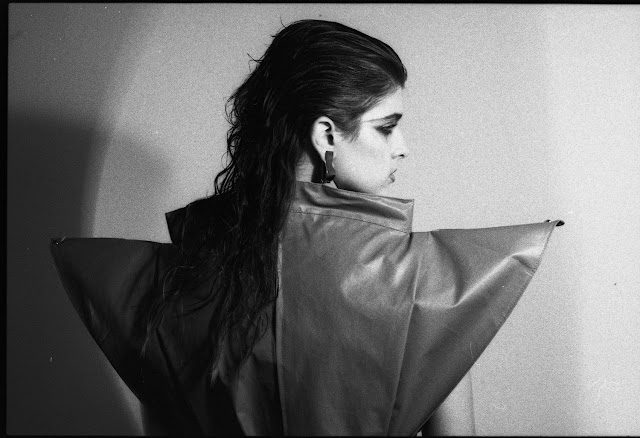
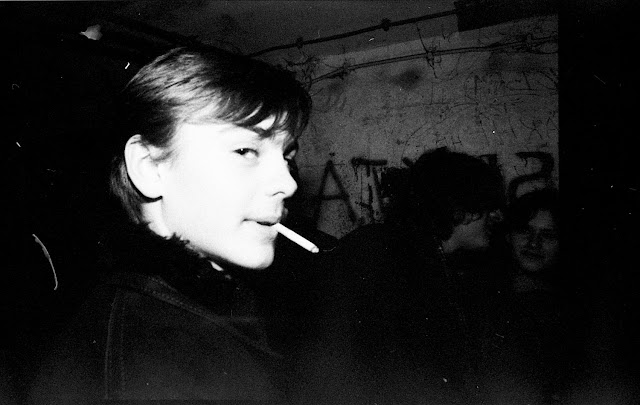
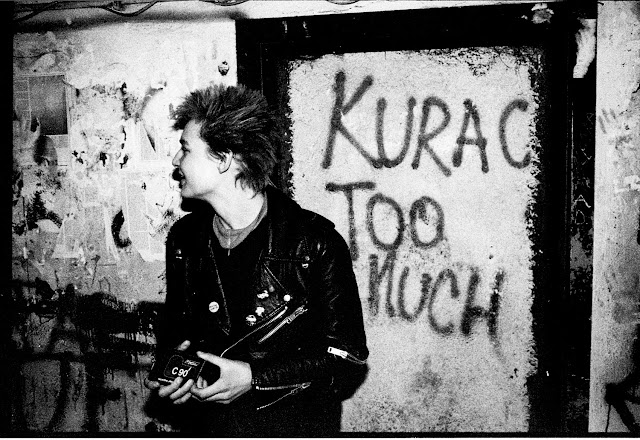
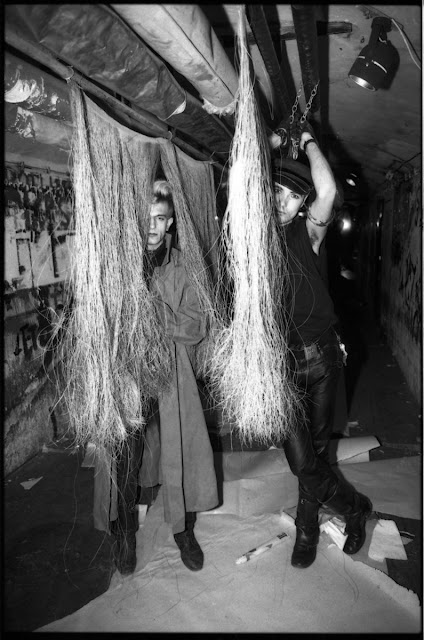

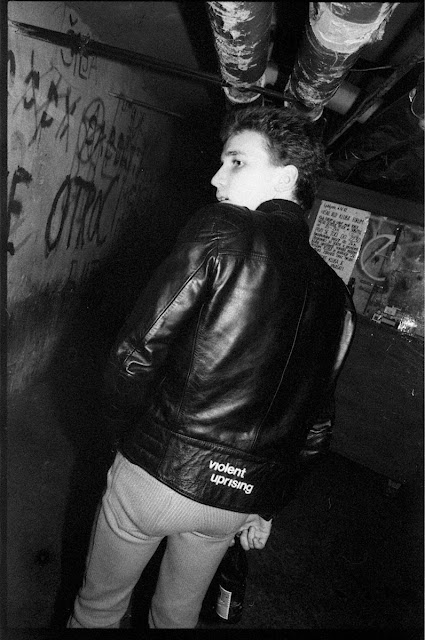
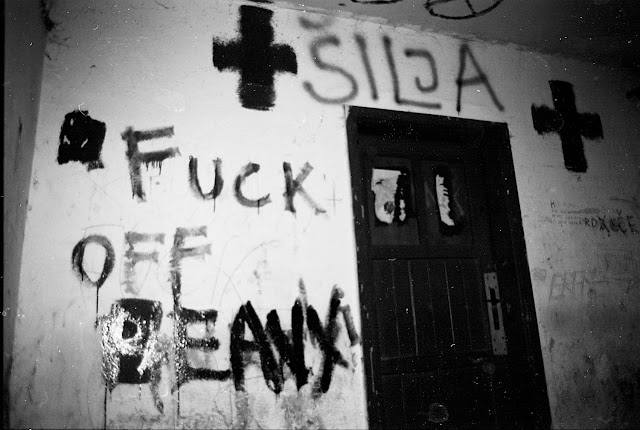
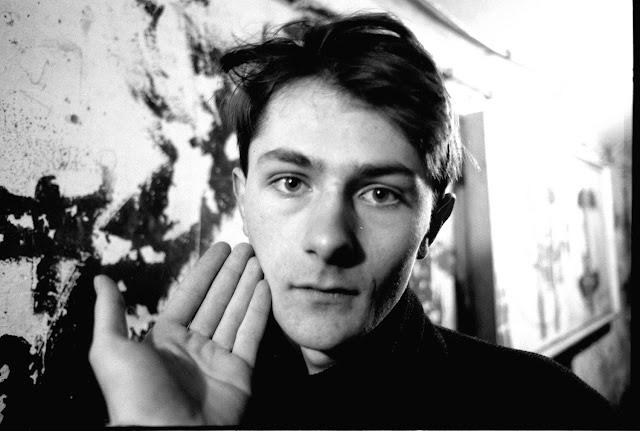
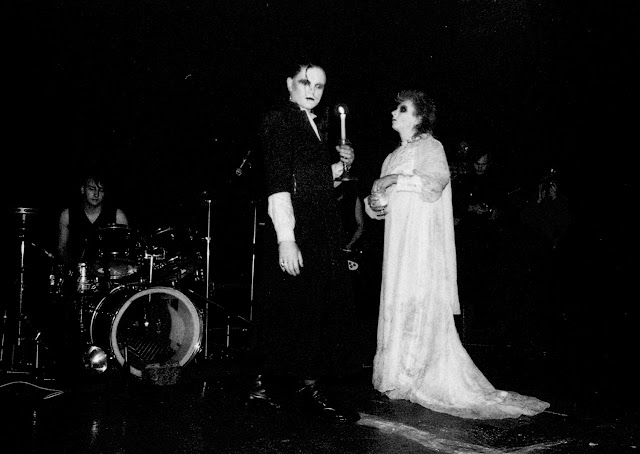
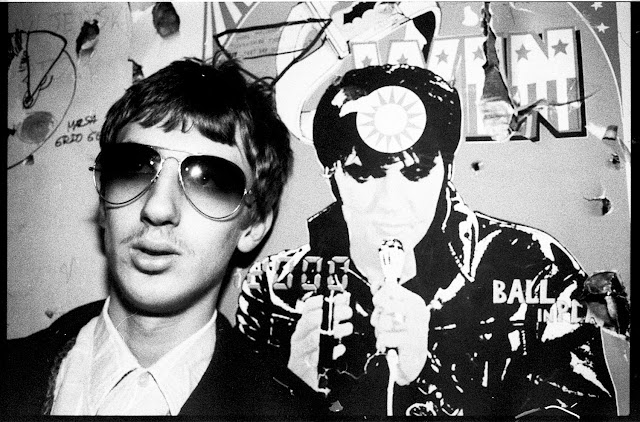
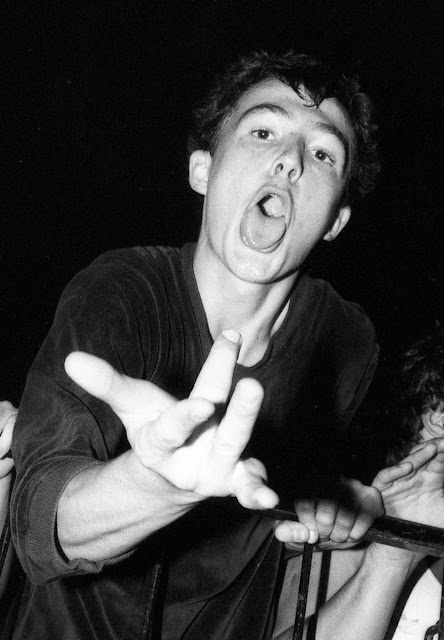

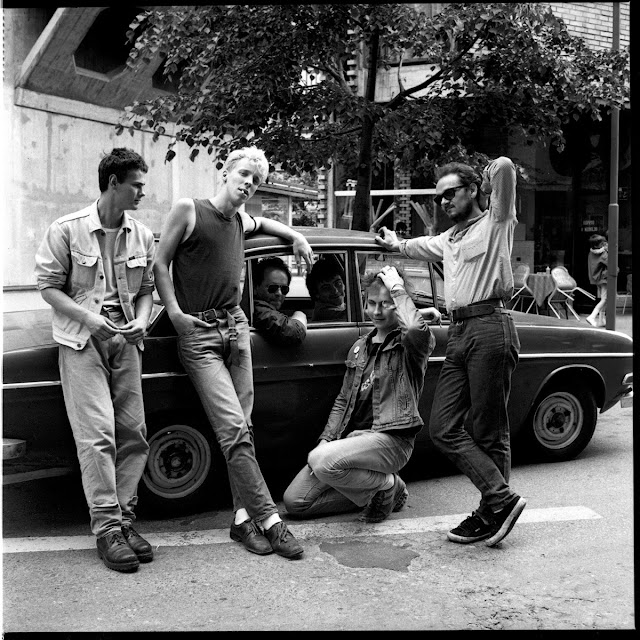
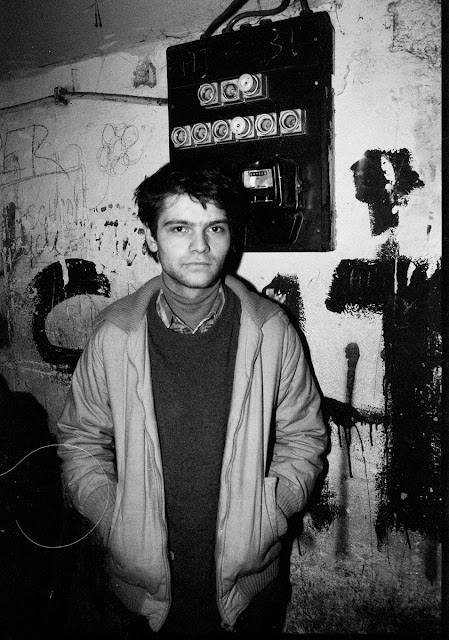
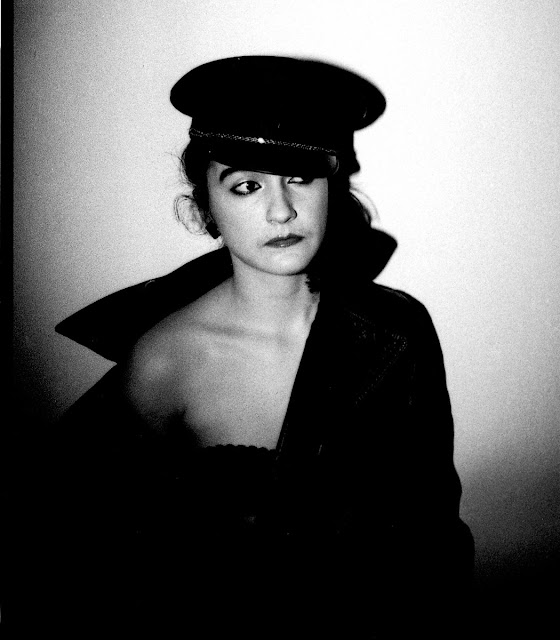
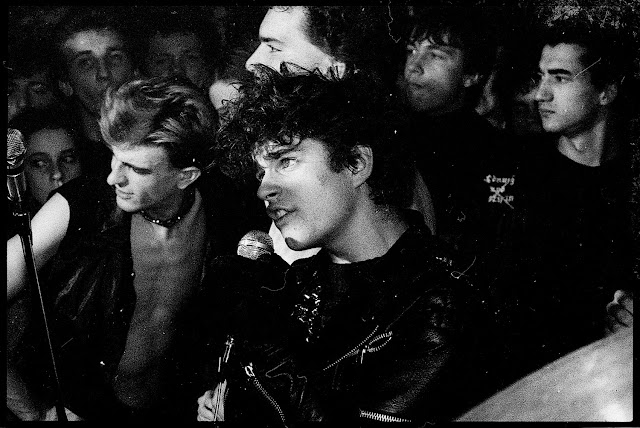
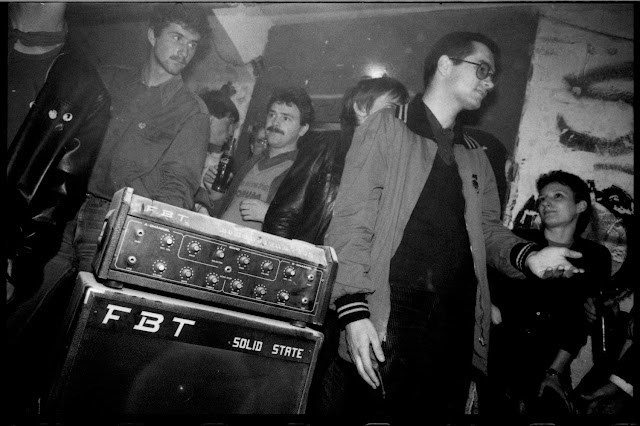
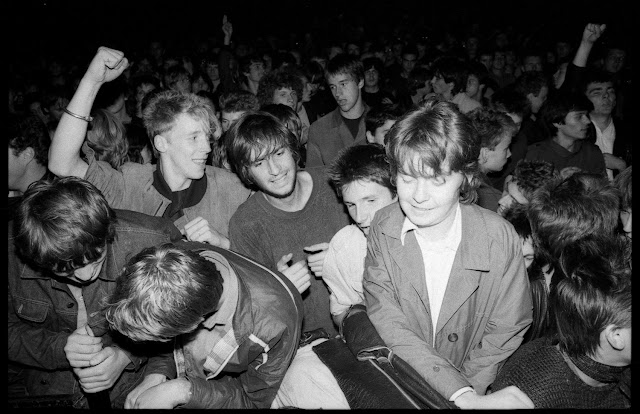
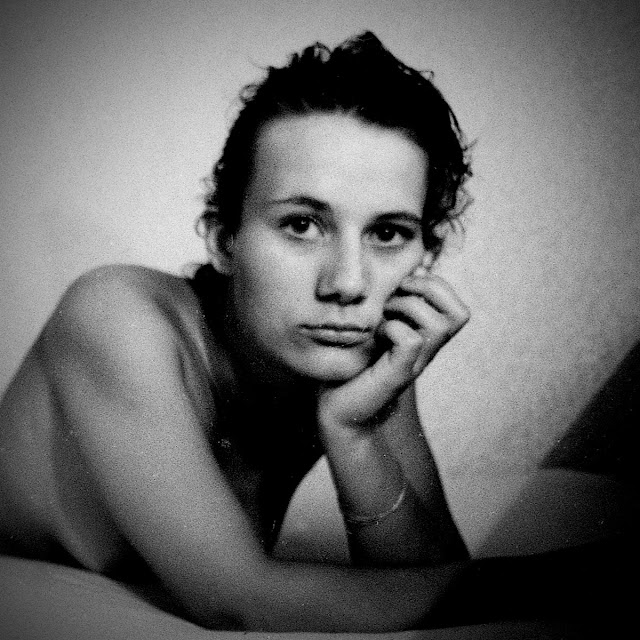

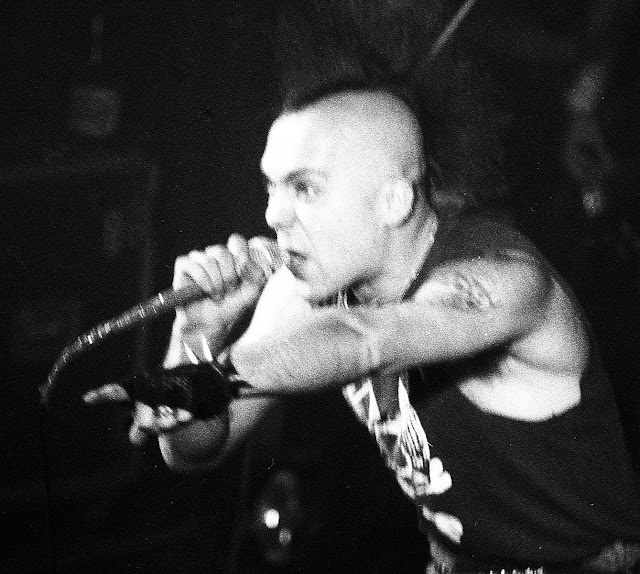
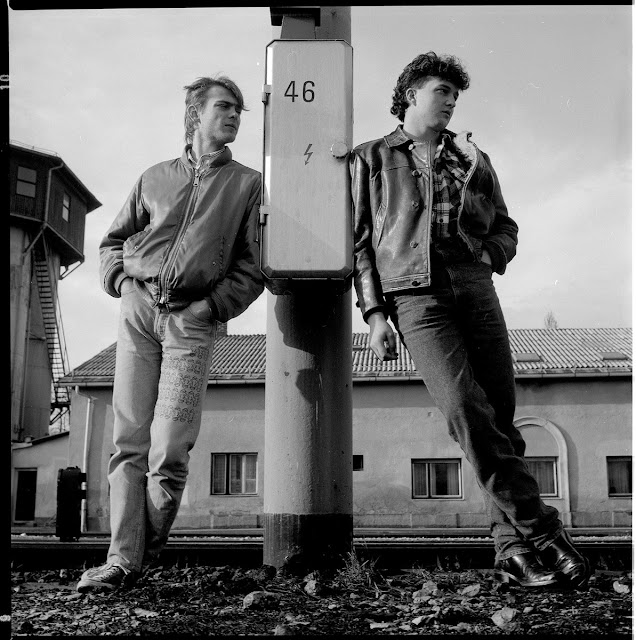
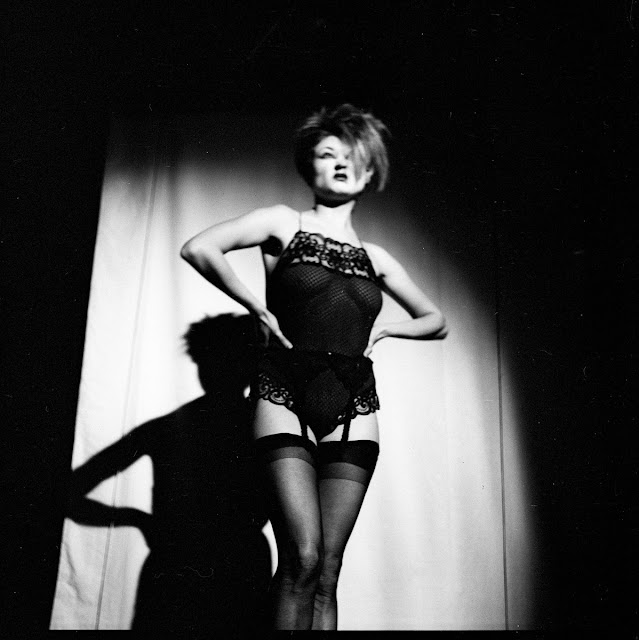
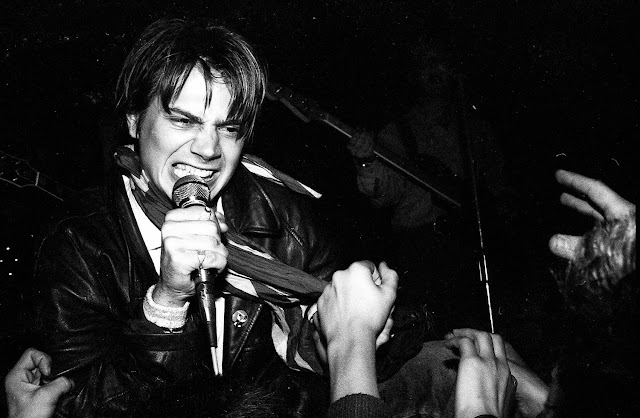
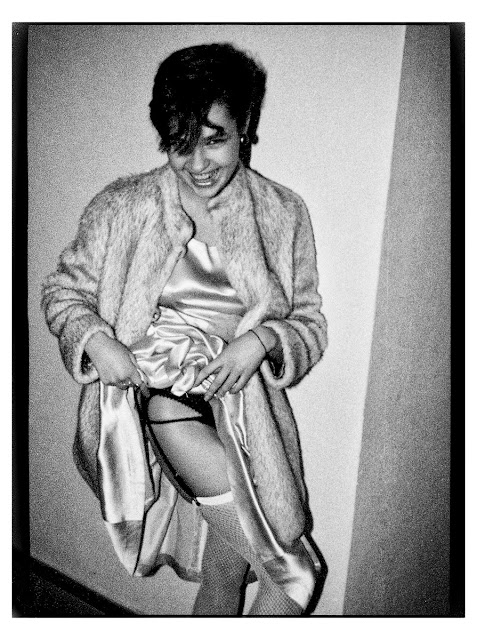

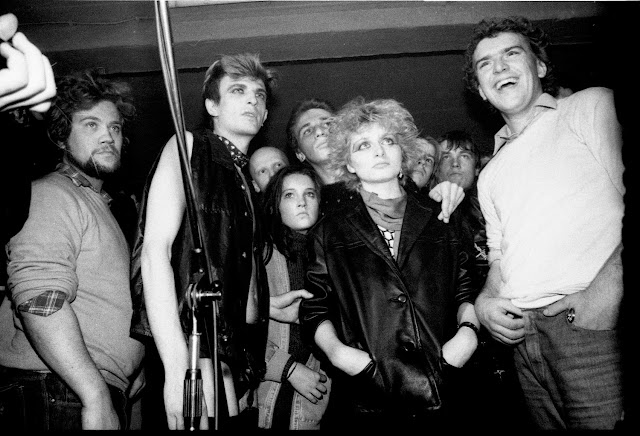
Photos via Dangerous Minds

